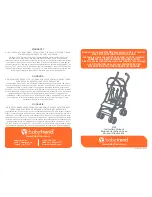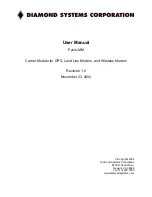
14
- ATR227 -
User manual
7.9.c
A.bt.F.
Advanced Burst fire control
For this type of control it is necessary to use a “Non zero-crossing” SSR.
In order to minimise power fluctuation during the modulation period, the
“advanced Burst fire”
SSR output firing mode uses:
· A complete number of cycles for firing
· A complete number of half-cycles for non-firing
Load
voltage
t
TF
TM
TNF
t
TF
0
TM
TNF
0
Standard Single-Cycle (1 cycle Burst-firing)
Advanced Single-cycle
Load
voltage
For a percentage less than 66%, SSR output
firing takes place as in the
“Burst fire”
mode
(see
bSt.F.
)
For a setpoint greater than 66% in
“Advanced Burst fire”
mode:
· The non-firing time is constant at one
half-cycle
· Firing takes place over whole cycles.
In a ‘short-wave infrared’ application,
‘advanced Burst fire’ firing mode reduces the
brightness of the infrared elements and thus
minimises annoying visual flickering.
In a short-wave infrared application,
“advanced Burst fire”
firing mode reduces the
brightness of the infrared elements and thus minimises annoying visual flickering.
7.9.d
PHs.A.
Phase angle control
For this type of control it is necessary to use a “Non zero-crossing” SSR.
If this mode is active, the regulation is done through the phase choking
25% Power
50% Power
75% Power
100% Power
Using a no zero-crossing SSR, the ATR227
synchronizes with the power supply volage
(necessarily AC) and determines when
to activate the output to create the right
choking.
7.9.e
F.PH.A.
Fixed Phase angle control
For this type of control it is necessary to use a “Non zero-crossing” SSR.
If this mode is active, the regulation is done as per
“time control”
(
tiME
), but during the
activation it is managed a fixed choking selected on parameter 45
F.P.A.P..















































